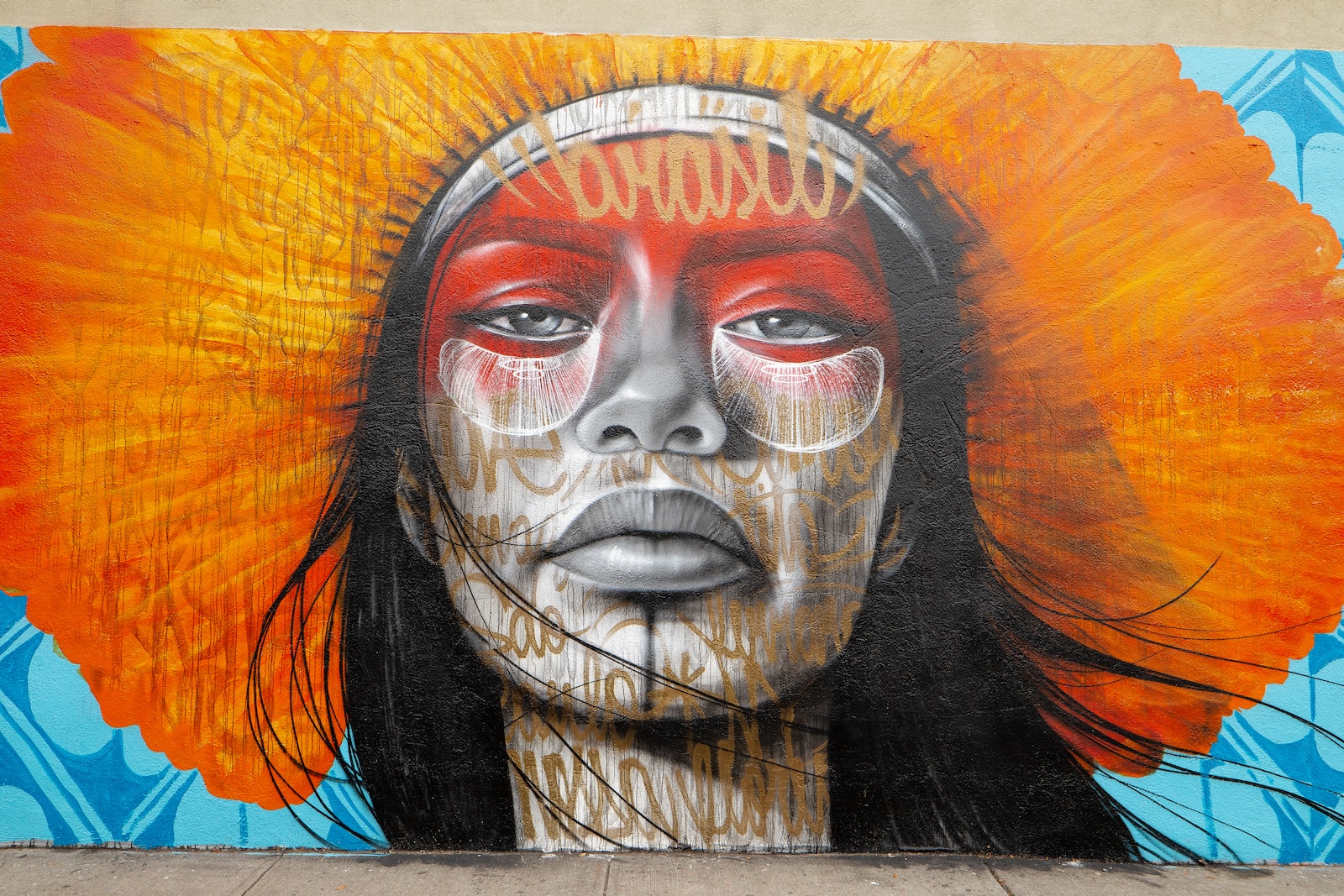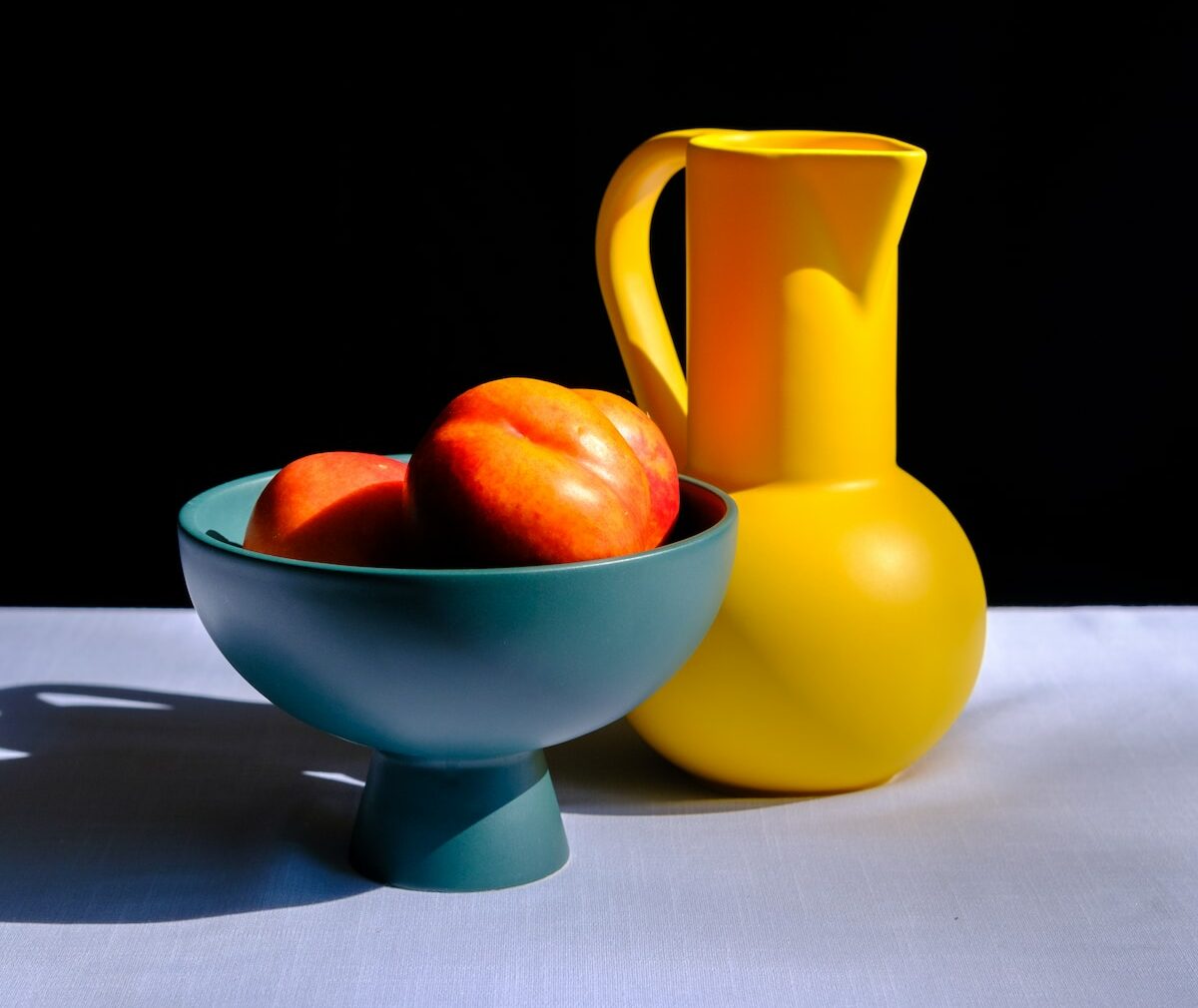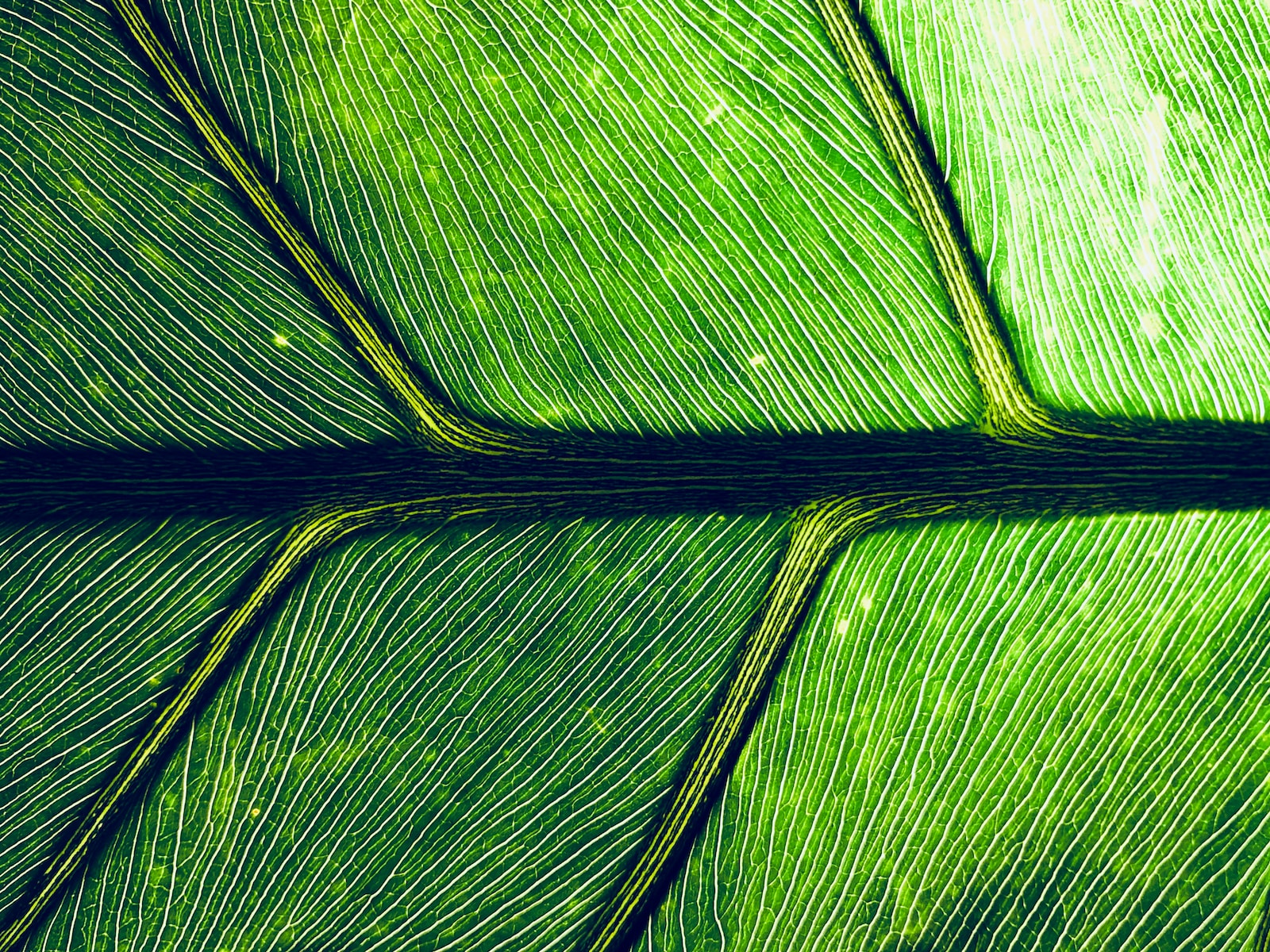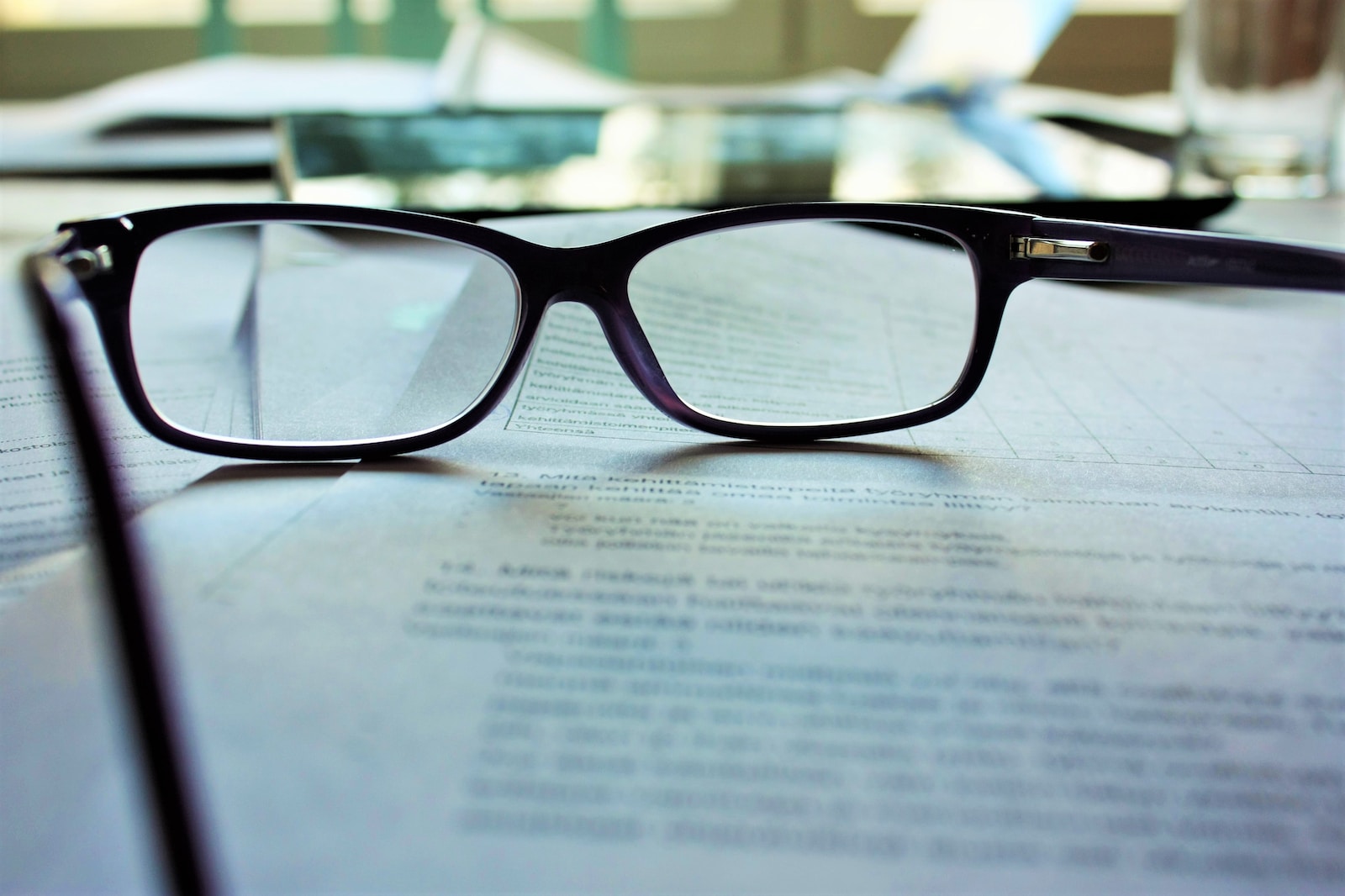Are you ready to embark on a vibrant journey through the world of mural photography? Discover the captivating power of urban art, as we delve into the stories that lie within each brushstroke. From the bustling streets of city culture to the hidden corners adorned with colorful masterpieces, this blog will guide you on how to capture the essence of these living artworks. Unleash your creativity and learn valuable tips and techniques to showcase the artist’s message. Join us as we unlock the storytelling magic of murals.
Table of Contents
- The Art of Urban Photography
- Case Study: Overcoming Challenges in Mural Photography
- Frequently Asked Questions
- 1. What is mural photography?
- 2. How can I effectively showcase the artist’s message through my mural photography?
- 3. What are the ideal camera settings for mural photography?
- 4. Should I shoot murals during a specific time of day?
- 5. What post-processing techniques can I use to enhance my mural photography?
- 6. How can I incorporate the local city culture into my mural photography?
- 7. Are there any legal considerations when photographing murals?
- 8. How can I promote my mural photography online?
- Wrap Up
The Art of Urban Photography
Step into the realm of urban photography, where the city becomes your canvas and each mural, a unique story waiting to be told. Urban photography encompasses the essence of city culture, showcasing the diverse and colorful aspects that define urban environments. As you explore the bustling streets, you’ll encounter captivating murals bursting with life and meaning. These vibrant works of art offer endless opportunities for capturing powerful images that encapsulate the spirit of the city.
Unveiling the Artist’s Message
Behind every mural, lies the artist’s message, a powerful narrative waiting to be deciphered. As a mural photographer, your role is to uncover and showcase this message through your lens. Take the time to understand the artist’s intentions, as it will help you capture images that truly reflect their vision. Immerse yourself in the context of the mural, its location, and the surrounding environment. By doing so, you’ll be able to capture not only the physical artwork but also the deeper meaning it represents.
Choosing the Ideal Camera Settings
When it comes to capturing the storytelling power of murals, choosing the right camera settings is critical. Here are a few tips to help you achieve the best results:
- Aperture: A wide aperture (low f-number) allows you to create a shallow depth of field, emphasizing the mural while blurring the background.
- ISO: In well-lit areas, use a low ISO setting to minimize noise. In darker locations, increase the ISO to ensure proper exposure.
- Shutter Speed: To capture intricate details, use a fast shutter speed. Alternatively, experimenting with slower shutter speeds can create dynamic blur effects.
- White Balance: Adjust the white balance to accurately represent the colors of the mural. Choose settings like “Daylight” or “Custom” to avoid unwanted color shifts.
Post-Processing Techniques for Maximum Impact
Once you have captured stunning mural photographs, post-processing techniques can elevate your images to the next level. Here are some approaches to consider:
- Enhance Colors: Use selective adjustments to boost the vibrance and saturation of the mural, highlighting its key elements.
- Contrast and Clarity: Adjust the contrast and clarity to bring out the intricate details and textures of the mural.
- Crop and Composition: Experiment with different crop ratios and compositions to enhance the storytelling aspect of the image.
- Digital Filters: Apply artistic filters or effects to add a unique touch to your mural photographs.
Did you know that the world's largest mural, according to the Guinness World Records, is located in the city of Quito, Ecuador? Spanning an incredible 2.65 acres, this colossal artwork showcases the rich cultural heritage of the region in stunning detail.
Unleash Your Creativity
Now armed with knowledge about mural photography, it’s time to unleash your creativity and explore the city’s vibrant art scene. Dive into the streets, interpret the stories, and capture the magic of murals through your lens. Let your images transport viewers into the heart of urban culture, showcasing the beauty and significance of these captivating works of art. Remember, storytelling through murals is an art form in itself, and you have the power to preserve and amplify the stories that lie within.
Case Study: Overcoming Challenges in Mural Photography
One of the most captivating forms of urban photography is capturing the storytelling power of murals. These vibrant artworks serve as visual narratives that enhance the cultural fabric of cities. As photographers, it is our duty to not only showcase the beauty and creativity of these murals but also to convey the messages and stories behind them.
Challenges Faced in Mural Photography
While mural photography may seem straightforward, there are unique challenges that photographers must overcome to effectively capture the essence and impact of these artworks.
1. Complex Compositions: Murals come in various sizes and often cover large walls, making it challenging to frame the entire artwork within the camera’s limitations. To tackle this, try capturing interesting sections or details of the mural to create a strong composition.
2. Lighting Considerations: Murals are typically created on outdoor walls and are subject to different lighting conditions throughout the day. The presence of shadows, harsh sunlight, or uneven lighting can affect the overall quality of the photograph. Experiment with different times of the day to find the ideal lighting conditions that bring out the colors and details of the mural.
3. Background Distractions: Murals are not always situated in perfectly clean and clear surroundings. Buildings, street signs, or other elements may obstruct the view or detract attention from the main subject. Position yourself strategically or experiment with different angles to minimize these distractions and maintain focus on the mural.
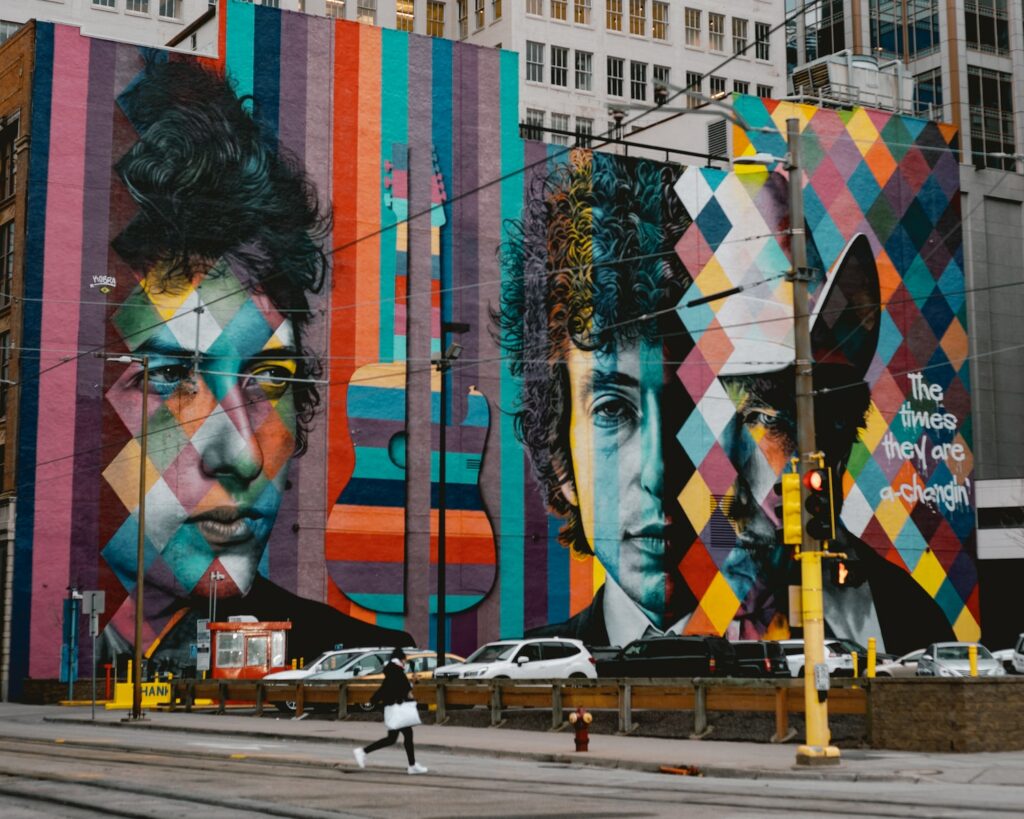
Overcoming the Challenges:
1. Scout the Location: Before heading out to photograph a specific mural, take some time to research the location, understand its significance, and identify potential obstacles. This will help you plan your composition and anticipate any lighting or background challenges that may arise.
2. Use the Right Gear: For mural photography, a wide-angle lens is essential to capture the entire artwork without compromising on quality. Additionally, consider using a tripod to ensure stability and reduce camera shake, especially when shooting in low light conditions.
3. Play with Perspectives: Experiment with different angles and perspectives to add depth and visual interest to your photographs. Get up close to capture intricate details or step back to capture the mural in the context of its surroundings, showcasing its impact on the city culture.
4. Post-Processing Magic: Once you have captured the essence of the mural, enhance its storytelling power through post-processing. Adjust the colors, contrast, and sharpness to bring out the artist’s intended message and create a captivating visual narrative.
By understanding and overcoming these challenges, mural photography can become a powerful medium for showcasing the artist’s message while immersing viewers in the city’s vibrant culture. Let the colors, stories, and storytelling power of murals inspire your next photographic adventure!
Frequently Asked Questions
1. What is mural photography?
Mural photography is the art of capturing and documenting the powerful storytelling found in urban murals. It involves photographing murals with the intent of conveying the artist’s message and showcasing the cultural significance of the artwork.
2. How can I effectively showcase the artist’s message through my mural photography?
To effectively showcase the artist’s message, pay attention to composition and framing. Highlight elements that convey the intended message, such as symbols or people depicted in the mural. Consider capturing different angles and perspectives to capture the essence of the artwork.
3. What are the ideal camera settings for mural photography?
The ideal camera settings vary depending on the lighting conditions and the desired effect. However, a good starting point is to use a relatively low ISO to minimize noise, a moderate aperture to ensure sharpness throughout the image, and a shutter speed that allows for proper exposure and composition.
4. Should I shoot murals during a specific time of day?
The best time to photograph murals is during the golden hour, which is shortly after sunrise or before sunset. The soft, warm light during these times adds a magical touch to the artwork and enhances its colors. However, don’t shy away from shooting murals at other times of the day; each lighting condition presents unique opportunities for capturing different moods and atmospheres.
5. What post-processing techniques can I use to enhance my mural photography?
In post-processing, you can enhance mural photography by adjusting contrast, saturation, and sharpness. Pay attention to color accuracy and maintain the integrity of the original artwork while making necessary enhancements. Experiment with different editing techniques to bring out the best in your mural photographs.
6. How can I incorporate the local city culture into my mural photography?
To incorporate the local city culture, research and explore the stories behind the murals and their significance to the community. Showcasing the surrounding environment, including elements like architecture or street life, can also help in conveying the city’s unique culture and context.
7. Are there any legal considerations when photographing murals?
While the laws regarding mural photography may vary in different locations, it’s generally recommended to seek permission and respect any restrictions imposed by the artist or property owner. Some murals can be protected by copyright, so it’s important to understand and adhere to the legal guidelines in your area.
8. How can I promote my mural photography online?
To promote your mural photography online, create a portfolio website or blog to showcase your work. Utilize social media platforms, such as Instagram and Facebook, to share your photographs and engage with a wider audience interested in city culture and urban art. Collaborate with local artists, galleries, or organizations that support mural art to gain more exposure.
Wrap Up
In the world of photography, mural photography stands out as a unique and powerful form of storytelling. Through capturing the vibrant city culture and conveying the artists’ messages, mural photography allows us to dive into the stories hidden within urban spaces.
With the tips and techniques shared in this blog, you now have the tools to showcase the storytelling power of murals. From mastering camera settings to perfecting post-processing, you can unleash your creativity and bring these captivating artworks to life through your lens.
So grab your camera and explore the streets filled with captivating murals. Uncover the untold stories that lie beneath the surface and share them with the world. Remember, every mural has a tale to tell, and your photography skills can highlight the beauty and meaning behind each masterpiece.
We would love to hear about your own experiences and discoveries in mural photography. Leave a comment below and share your thoughts, tips, and favorite locations. Together, let’s continue to celebrate the fascinating world of mural art through our lenses!
